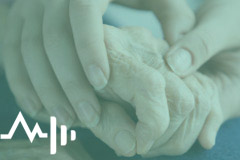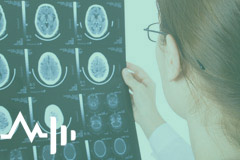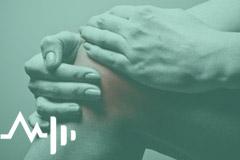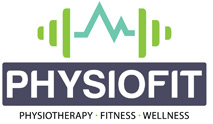PHYSIOTHERAPY referred to as physical therapy, involves evaluating, diagnosing, and treating a range of diseases, disorders, and disabilities using physical means by PHYSIOTHERAPIST (PTs). PTs are healthcare professionals who diagnose and treat individuals of all ages, from newborns to the very oldest, who have medical problems or other health-related conditions, illnesses, or injuries that limit their abilities to move and perform functional activities as well as they would like in their daily lives. PTs use an individual’s history and physical examination to arrive at a diagnosis and establish a management plan and, when necessary, incorporate the results of laboratory and imaging studies.
PHYSIOTHERAPY DEPARTMENT
ASSESSMENT
PHYSIOTHERAPY SPECIALITIES
PHYSIOTHERAPY SPECIALITIES

Cardiovascular and Pulmonary
Cardiovascular and Pulmonary
Cardiovascular and pulmonary rehabilitation. Primary goals of this specialty include increasing endurance and functional independence. Manual therapy is used in this field to assist in clearing lung secretions. Disorders, including heart attacks, post coronary bypass surgery, chronic obstructive pulmonary disease, and pulmonary fibrosis, treatments can benefit from cardiovascular and pulmonary specialized physical therapists.

Geriatric
Geriatric
There are many conditions that affect many people as they grow older and include but are not limited to the following: arthritis, osteoporosis, cancer, Alzheimer's disease, hip and joint replacement, balance disorders, incontinence, etc. Geriatric physical therapists specialize in treating older adults.

Neurological
Neurological
These include Alzheimer's disease, brain injury, cerebral palsy,.g.b.syndrome, multiple sclerosis, Parkinson's disease, spinal cord injury, and stroke. Common impairments associated with neurologic conditions include impairments of vision, balance, ambulation, activities of daily living, movement, muscle strength and loss of functional independence. Physiotherapy can address many of these impairments and aid in restoring and maintaining function, slowing disease progression, and improving quality of life.

Orthopedic
Orthopedic
Orthopedic physical therapy include diagnose, manage, and treat disorders and injuries of the musculature system including rehabilitation after orthopedic surgery.the treatment helpful in post-operative orthopedic procedures, fractures, acute sports injuries, arthritis, sprains, strains, back and neck pain, spinal conditions, and amputations. Joint and spine mobilization/manipulation, dry needling, therapeutic exercise, neuromuscular reeducation, hot/cold packs, and electrical muscle stimulation (e.g., cryotherapy, iontophoresis, electrotherapy) are modalities often used to expedite recovery in the orthopedic setting.

Pediatric
Pediatric
Pediatric physical therapy assists in early detection of health problems and uses a wide variety of modalities to treat disorders in the pediatric population. Here therapy include diagnosis, treatment, and management of infants, children, and adolescents with a variety of congenital, developmental, neuromuscular, skeletal, or acquired disorders/diseases. Treatments focus on improving gross and fine motor skills, balance and coordination, strength and endurance as well as cognitive and sensory processing/integration. Children with developmental delays, cerebral palsy, spina bifida, or torticollis may be treated byphysical therapists.

Sports
Sports
This area of practice includes athletic injury management, including acute care, treatment and rehabilitation, prevention, and education.

Women's health
Women's health
Women's health physical therapy addresses women's issues related to child birth, and post-partum. These conditions include lymphedema, osteoporosis, pelvic pain, prenatal and post partum periods, and urinary incontinence.


